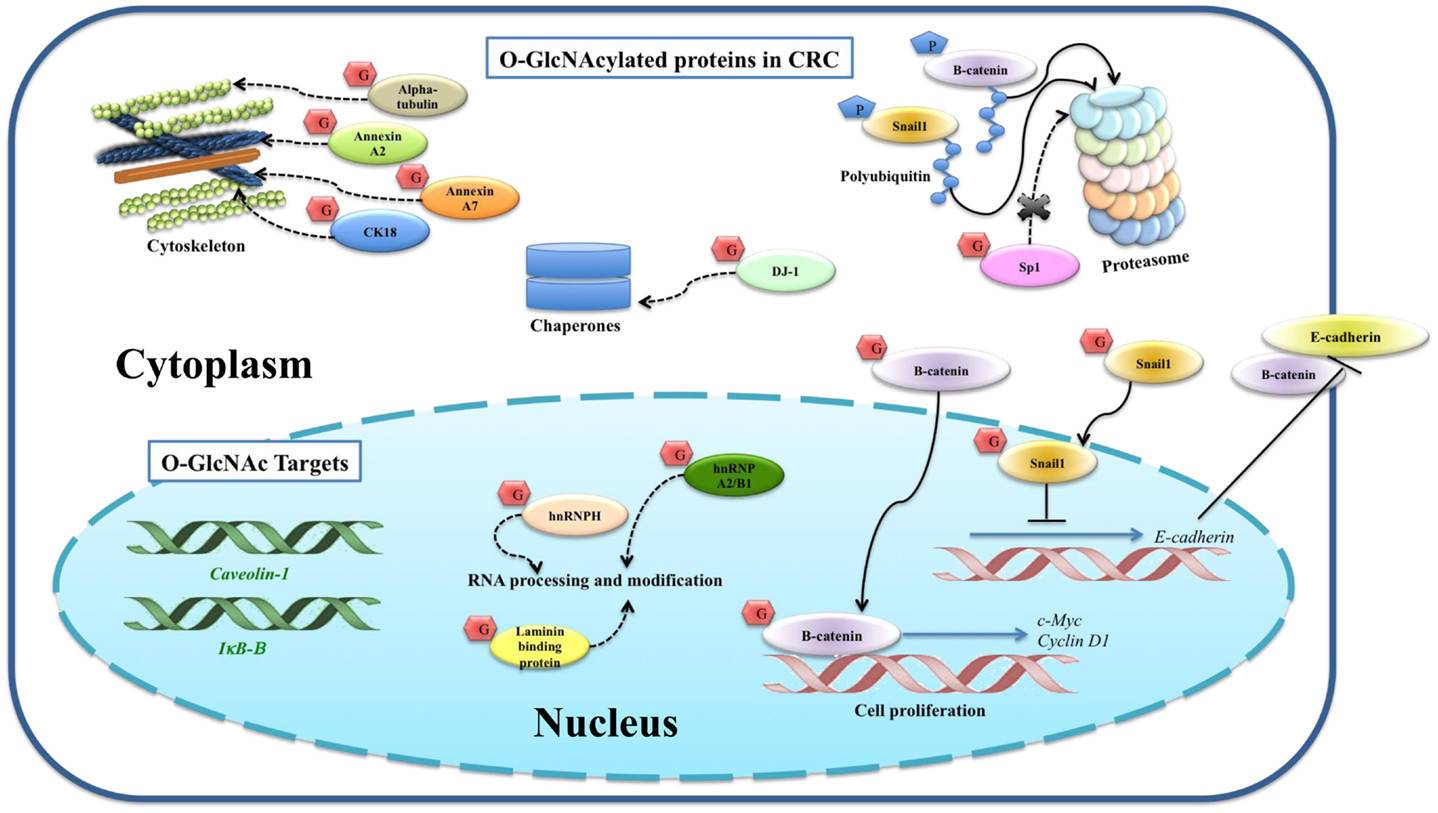As an expert in the field of antibody discovery, Creative Biolabs focuses on the development of in vitro diagnostic (IVD) antibody products to aid in the development of immunodiagnostic kits of various formats. Our services are customized targeting a wide range of disease biomarkers. In particular, cytokeratin 18 (CK18) is a potential marker of colorectal cancer.
CK18
CK18 stands for cytokeratin 18, the gene of which is located on chromosome 12q13 and is 3791 base pairs long. CK18 encodes a type I intermediate filament protein that is primarily discovered in varieties of single-layered or “simple” epithelial tissues localizing in the cytoplasm and perinuclear region. It is reported that CK18 is able to modulate intracellular signaling and operate in conjunction with wide ranges of related proteins. The structural protein CK18 and its co-expressed complementary partner CK8 are persistently expressed in a variety of adult epithelial organs, including the lung, liver, kidney, pancreas, mammary gland, and gastrointestinal tract, as well as expressed in cancers that arise from these tissues. In the absence of CK8, the protein CK18 is degraded and the keratin intermediate filaments cannot be formed.
CK18 is a primary component of intermediate filaments of simple epithelial cells and epithelial-derived tumors and consists of approximately 5% of the total cell protein. This protein is cleaved into proteolytic fragments by caspase 3, caspase 7, and caspase 9 during apoptosis. The biological functions of CK18 increasingly draw more attention and known aspects are involved in structuring the cytoplasm by providing flexible intracellular scaffolding, resisting external stresses applied to cells, and maintaining normal mitochondrial structures. It is also essential for cellular processes such as apoptosis, mitosis, cell signaling, and cell cycle progression. Notably, CK18 has been recognized for years as an epithelial marker in diagnostic histopathology and has important effects on tumor cell behaviors.
 Fig.1 O-GlcNAcylated proteins and their targets identified in colorectal cancer, including CK18. (Chaiyawat, P., 2014)
Fig.1 O-GlcNAcylated proteins and their targets identified in colorectal cancer, including CK18. (Chaiyawat, P., 2014)
CK18 in CRC
The dynamic equilibrium of the CK18 phosphoglycoprotein in the soluble and filament pool is a significant determinant of its cellular functions, regulated by site-specific phosphorylation. CK18 may influence tumorigenesis through several signaling pathways, for instance, the Wnt, phosphoinositide 3-kinase (PI3K)/Akt, and extracellular signal-regulated kinase (ERK) mitogen-activated protein kinase (MAPK) signal pathways. CK18 works as an identical target of Akt in the PI3K/Akt pathway and of ERK1/2 in the ERK MAPK pathway. The regulation of CK18 by Wnt signaling is implicated in Akt activation as well. Cytokeratins are thought to play a role in cell apoptosis. CK18 participates in the formation of the intracellular cytoskeleton and has been regarded as a promising apoptosis marker in gastrointestinal carcinomas.
Several studies with low samples have assessed serum cCK18 and tCK18 in patients with CRC and gastrointestinal cancers. After chemotherapy, 56 patients (37 patients first-line and 19 patients second- or third-line chemotherapy) undergo repeated sampling. Patients with disease progression on chemotherapy have higher median baseline tCK18 and cCK18 levels than patients experiencing clinical benefits. In 24 cases with progressive disease, an initial decline of biomarker levels during the cycle I is followed by a progressive upward trend thereafter. As for 32 patients with clinical benefits, there is a decrease in biomarker observed in tCK18 only without subsequent change.
IVD Antibody Development Service Targeting CK18 Marker
CRC is widely accepted to develop through a series of genetic and epigenetic events which leads to a transformation of normal mucosa into a premalignant polyp and finally to malignancies. There are three different molecular pathways at least resulting in CRC. The chromosomal instability pathway is characterized by some mutations such as P53 and KRAS. The second one is the mutator pathway, which related to the loss of the function of DNA mismatch repair proteins secondary to germline mutations in mismatch repair genes. The last one is described as the serrated pathway.
In CRC, the integration of mechanism-based therapies (MBT) with chemotherapy has expanded treating options, which receives survival gains in some patients. With the introduction of MBT, it is gradually necessary to develop specific biomarkers to prioritize new agent development, including predictive and prognostic ones, optimize dosing strategies, and rationalize combination selections.
With our versatile IVD platform, Creative Biolabs is proud to develop novel CK18-specific antibody from scratch to commercial IVD kit (we can also start with provided antibody candidates). Besides, we help develop high-quality IVD immunoassays of different formats, giving expert support in feasibility analysis, protocol establishment, assay design, validation, and kit production. Our services are customized to suit the specific requirements of our clients. Please contact us for more details if you are interested in our service.
Reference
- Chaiyawat, P., (2014). “Aberrant O-GlcNAcylated proteins: new perspectives in breast and colorectal cancer.” Frontiers in endocrinology, 5, 193.
For Research Use Only.

